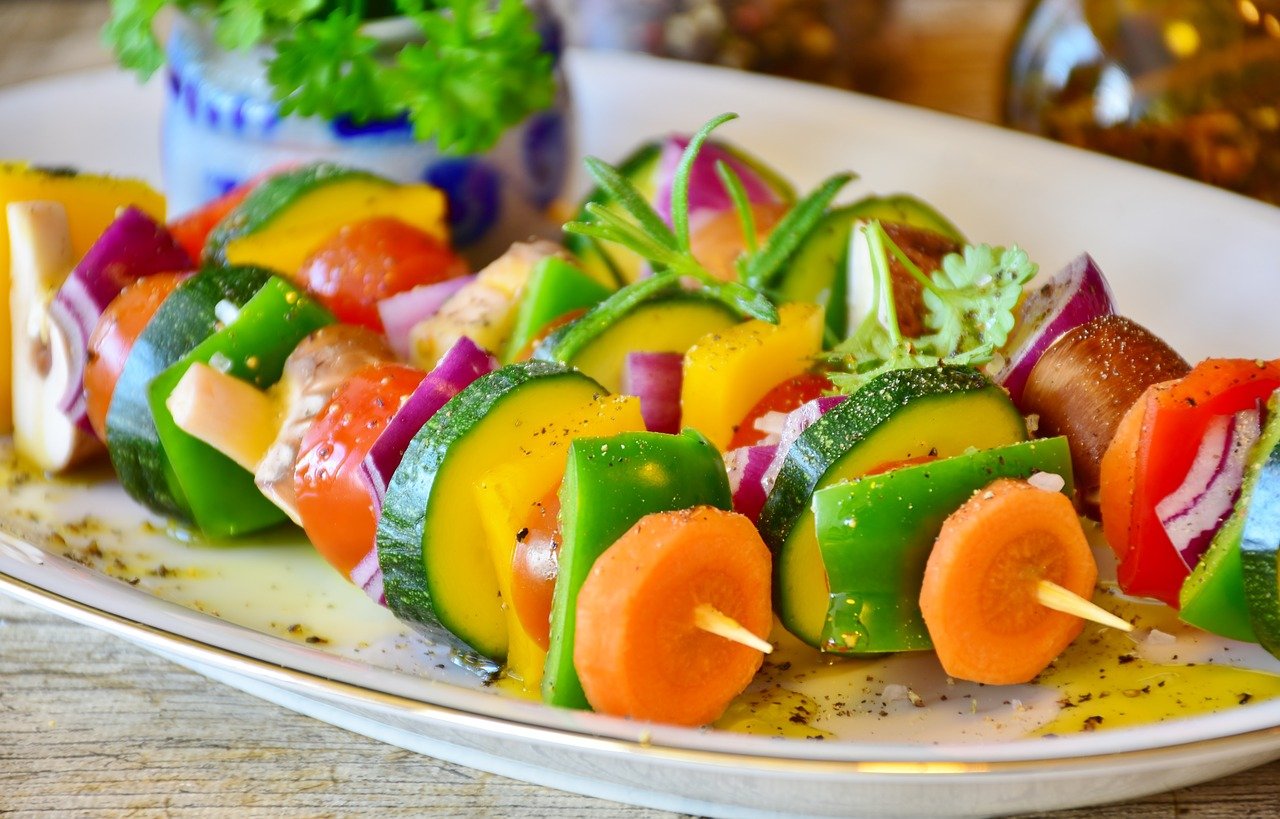
Did you know your eating habits can impact the planet? It’s important for everyone to know the journey their food takes from farm to table. This way, we can make choices that benefit our health and the planet. Here are five ways to incorporate sustainability into your diet.
1. Start a Backyard Garden
What’s more sustainable than a backyard garden? If you have space, you may want to think about growing your own herbs and vegetables. This way, you’ll save money at the supermarket and your actions will create virtually no environmental damage.
It’s pretty easy to start a garden at home. First, you’ll need to figure out which plants you want to grow. Remember to pay attention to the seasons so you don’t end up with a failed project. Then, you should find the best possible plot, which might take some trial and error. After you work and prepare the soil, you can plant your seeds and watch them grow.
Eventually, you’ll have some delicious home-grown produce.
2. Eat Less Meat and Dairy Products
Today’s agricultural practices contribute to numerous environmental issues. It’s especially bad for greenhouse gases, as livestock production creates both methane and carbon emissions. There are also issues with water and air pollution due to fertilizer use. If you count transportation from farms to factories and stores, you’ll spot even more damage.
Try to limit how often you consume meat and dairy products. It’s true that we vote with our dollars, so we should do our best not to support such practices. Instead, you can replace meat with plant-based proteins like tofu, seitan, and tempeh. Choose dairy-free milk and cheese, too.
3. Don’t Purchase Certain Fish
Unfortunately, fisheries can be just as harmful as land-based farms. That’s because specific practices can lead to species depletion through overfishing. It’s usually something that happens with commercial fishing, as anglers tend to collect numerous fish at once only to discard whatever they don’t need.
Do your best to avoid at-risk fish species whenever you’re at the supermarket. These fish differ around the country, so remember to do your research. If you eat fish often, consider locally-sourced fishery options when available. It’s smart to choose companies that source from small fisheries around the country, too.
4. Buy From Local Farms and Stores
It’s not always possible to shop at local farms and stores, especially when you live in a rural area. However, you should do your best to support your community’s businesses whenever you have the chance. This effort will support the economy — and you can help cut down on processes that contribute to climate change.
If you have the option, you should look into your area’s community-sourced agriculture programs (CSAs). These are systems that allow consumers to buy food directly from local farms. There’s usually an option to purchase fruits and vegetables weekly or bi-weekly. It’s a great way to enjoy fresh produce while you support a local business.
5. Choose Seasonal Produce
There’s no way to grow all the herbs and vegetables you like to eat. However, you should still aim to consume only seasonal produce. It may be possible to find strawberries in the winter, but you should know that means they’ve come a long way. This process isn’t helpful for the planet.
Look into your area’s local produce options. This availability changes from state to state, and you should check each month to ensure you know what to buy. It’s still okay to buy some non-seasonal fruits and vegetables, but you should aim to limit your consumption to help the planet.
Use These Ideas to Eat in an Eco-Friendly Way
It might not seem like a big deal, but we all need to consider the planet when we eat. These decisions can help mitigate climate change through emissions reductions and other benefits. If you want to make a positive impact, use these ideas to make your diet greener.
Written by Jane Marsh
About the Author
Jane is an environmental writer and the founder and editor-in-chief of Environment.co where she covers sustainability and eco-friendly living.
You may also like
Easy Green Choices That Contribute to Sustainability
How To Be More Eco-Friendly Through Your Diet
How to Create Good Habits and Help the Environment
How to Practise Low-Waste Living in Your Kitchen
